In this post you will learn ten important classroom routines and procedures to teach on the very first day of school. These are the procedures students will need right away and use most often.
The key to classroom management is consistency. I can’t stress enough how important it is to teach rules, routines, and procedures beginning on the first day of school. It’s critical that you are consistent and follow through with keeping students accountable and meeting your expectations. It is just as important to heap on the praise and acknowledge positive behavior along the way.
Establishing your routines and procedures takes time, consistency, and patience, so allow yourself plenty of time to reteach and practice when you need to.
Routines and Procedures to Teach Right Away
The easiest way I have found to introduce procedures is with a PowerPoint. During the first weeks of school I project certain slides at different times of the day as a visual reminder of what students are to do. You only have to make your PowerPoint once, then you have every year. You can easily add pictures which are helpful for younger students.
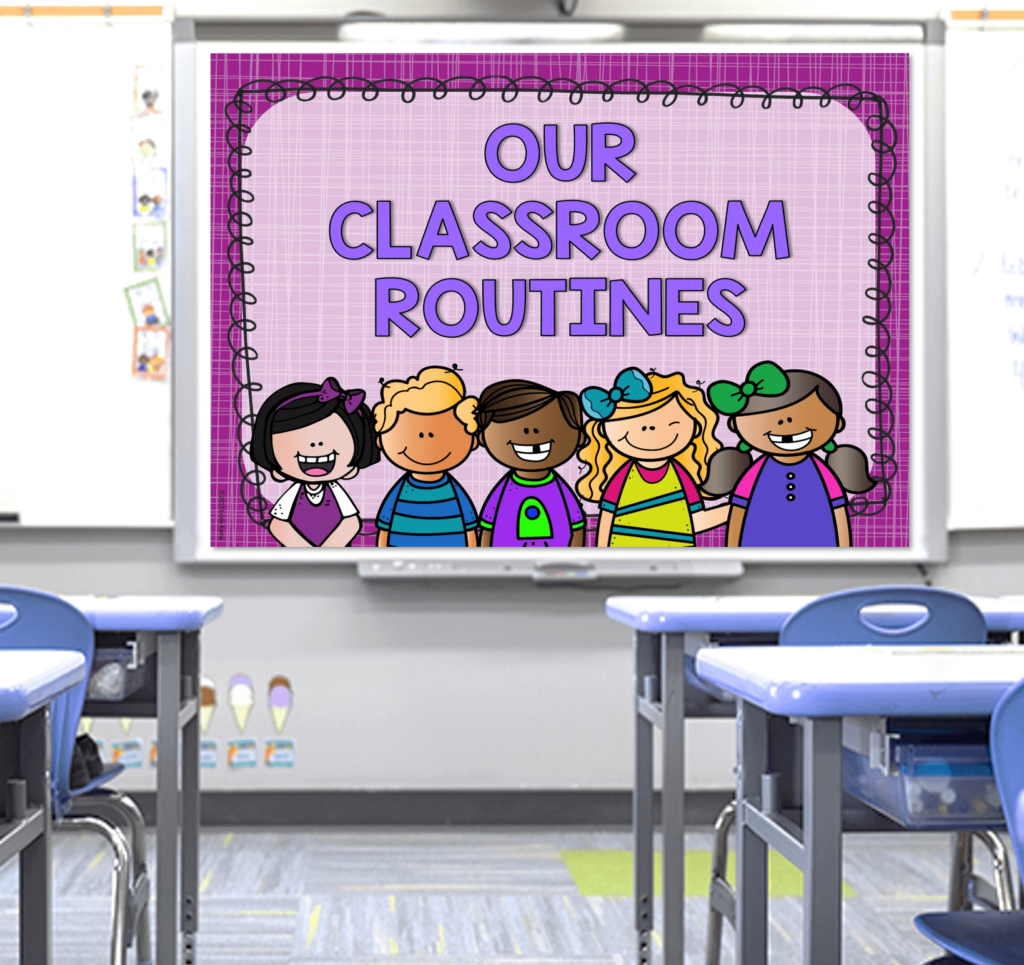
Click HERE for a bright colors theme and HERE for chalk and burlap style templates.
Arrival Routine
Teach your students exactly what you expect when they enter the door of your classroom. I always greet each student individually upon arrival. Then they may need to unstack their chair followed by unpacking their backpack, lunch box, folder, water bottle, etc. Again, always model where everything should go. Have morning/bell work on their desk if you do it, or on the white board ready to go. This will decrease the chances of students being off task. Once students can complete this routine independently you will be able to easily take attendance, complete lunch counts, meet with a student, etc.
Line Up Procedure
This is something you will probably do at least three times a day so it’s very important to be consistent. Model for students how they will push in their chair and quietly walk to the line. Consider having a marker on the floor for the line leaders spot. Explain to students that they need to be facing forward, hands at the sides, and voices off. The first week of school I always allow plenty of time for lining up in case we need to do it more than once. If you put the time in now to set your expectations, then it will go smoother during the rest of the school year. Students will know they are being held accountable. Consider having a line leader, door holder, line monitor, and caboose as classroom leadership roles/job.
When arriving to and departing from specials, each special teacher will have their own expectations. Find out how they expect students to enter and leave their classroom. Make sure you are helping your students to be successful in specials by assuring they know how to correctly enter and depart their special area classes. This post has more lining-up strategies.
Getting Students’ Attention
Hand signals work for all grade levels and minimize the interruptions while you are speaking or teaching. Like all other routines, introduce it early and practice, practice, practice. Create a chart to display for times students forget, so that you can point to the chart. See a list of 8 nonverbal cues for the classroom that really work.
Restroom Routines and Procedures
Teach restroom rules and your procedure for asking to go away. Create a hand signal for students to do when they need to use the restroom. Something different than simply raising their hand. For example, raising their hand with their fingers crossed. This way you can address the request without stopping your lesson.
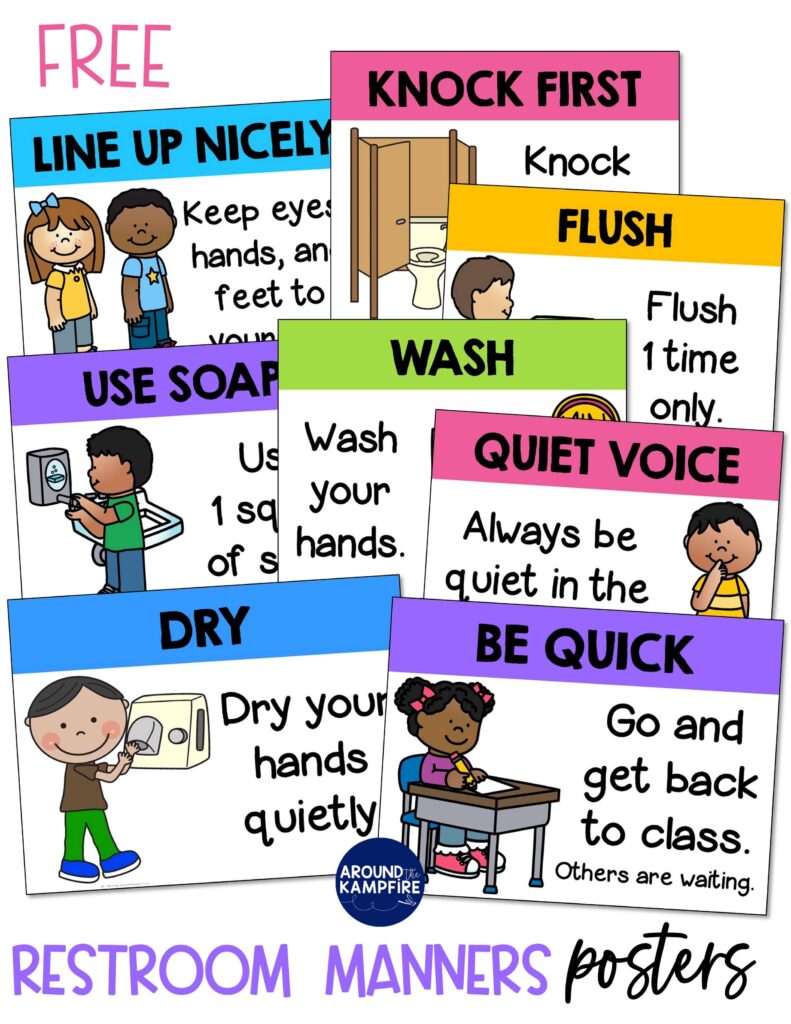
Click the link to download a set of FREE Restroom Rules Posters.
Restroom passes or a sign out procedure are other options to consider. As always, be sure to model this for students and positively reinforce when it is being done correctly.
Routines and Procedures for Transitions
Transitions are something that happens many times throughout the day so it’s crucial to model this for students and hold them accountable. Allow plenty of time to teach how you want it done, and practice so that you are not rushed. Show students how to push in their chair before walking quietly to the carpet, computers, or another area in the classroom. The expectation should be that transitions are always done quickly and quietly so as not to waste time or to distract other students.
For younger grades, model for students exactly where and how you expect them to sit on the carpet. Explain any supplies they will need to bring with them. Redo and repeat if students don’t do it the way you’ve taught them.
Labeling Assignments
Create a no name rule and a student number system. This may seem like a minor detail, but there is nothing more frustrating than having papers turned in without names and trying to figure out whose is whose.
Teach this routine the very first time you give students a paper to complete. Show your students how you want all written work labeled before it is turned in. Establishing this habit early saves time later. Make it the practice for students to write their numbers next to their name on all papers they work on in class, and including homework, so that you can quickly put them in order and record grades. In my classroom, students write their name, number, and date. This is another great time to positively reinforce when expectations are met and refine when they are not. Number student mailboxes or cubbies too, so passing back graded work is quick and easy.
Getting a Pencil
Decide your pencil procedure and teach it the first time you ask your students to use a pencil. I use two cans for sharp and dull, and students make a trade when they need a sharp pencil. We don’t sharpen pencils until classroom job time, just before dismissal, and sharpening pencils is one student’s job.
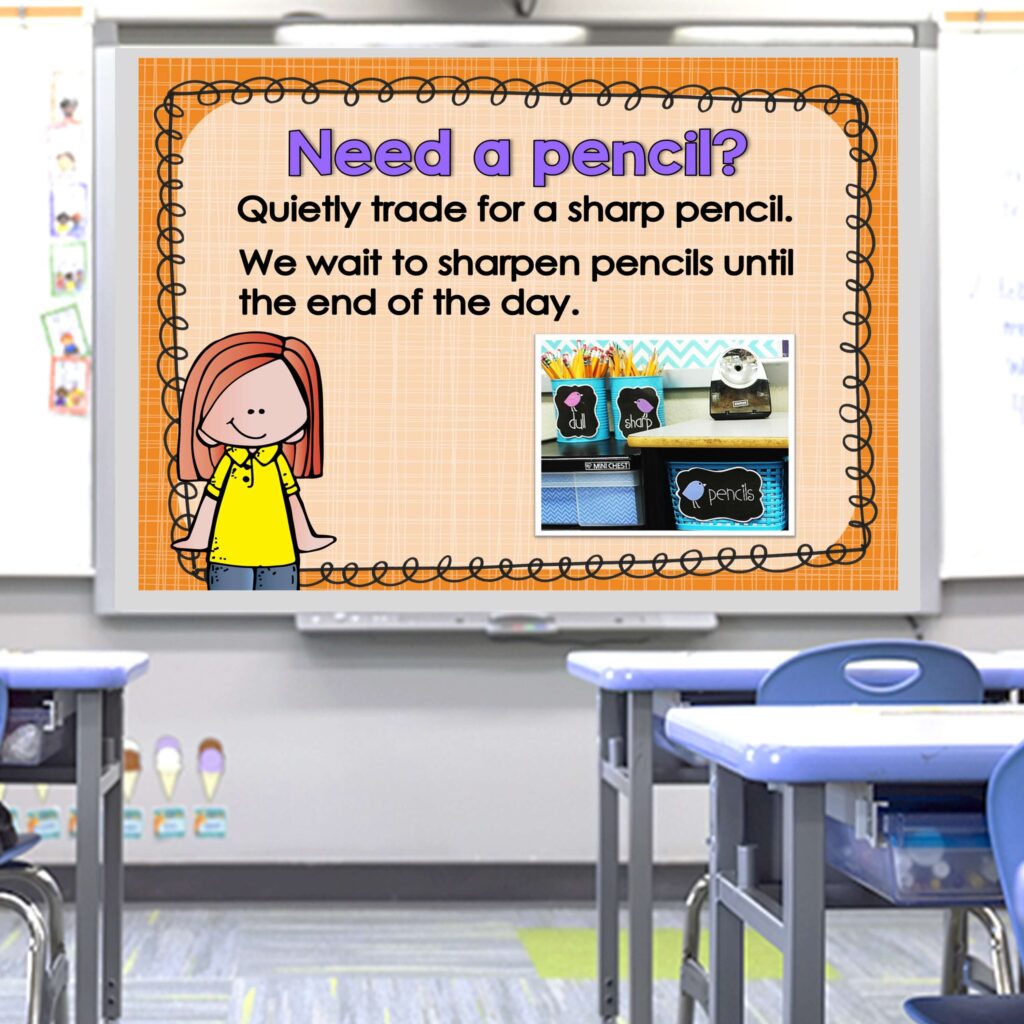
Procedure for Walking in the Hallway
Teach students how you expect them to walk in the hallway. Your class will be in the hallway several times each day and you don’t want to disrupt other classes while they’re learning. It’s frustrating when a noisy class walks by and distracts your students while you are teaching.
Don’t be THAT class! Demonstrate how you expect students to walk in the hallway- voices off, facing forward, hands at their sides, etc. Stop your line and redirect students to correct any behaviors that are not following the procedure. Allow plenty of time for re-dos and practice. Make sure your students truly understand that you will hold them to these expectations. Establishing this protocol now will save you time and energy later.
Arriving/Departing Lunch and Recess
Use your school’s lunch routine and procedures to help you establish a procedure for your class. Determine where students need to be dropped off first, how they transition if they go recess afterward, and where you will pick them up. Consider explaining this to younger students using pictures of your actual campus.
Demonstrate how students will buy their lunch, where to sit, and how to clean up after themselves. This is also a great time to reinforce lunch table manners! Remind students of the rules and expectations for walking and standing in line that you have already taught.
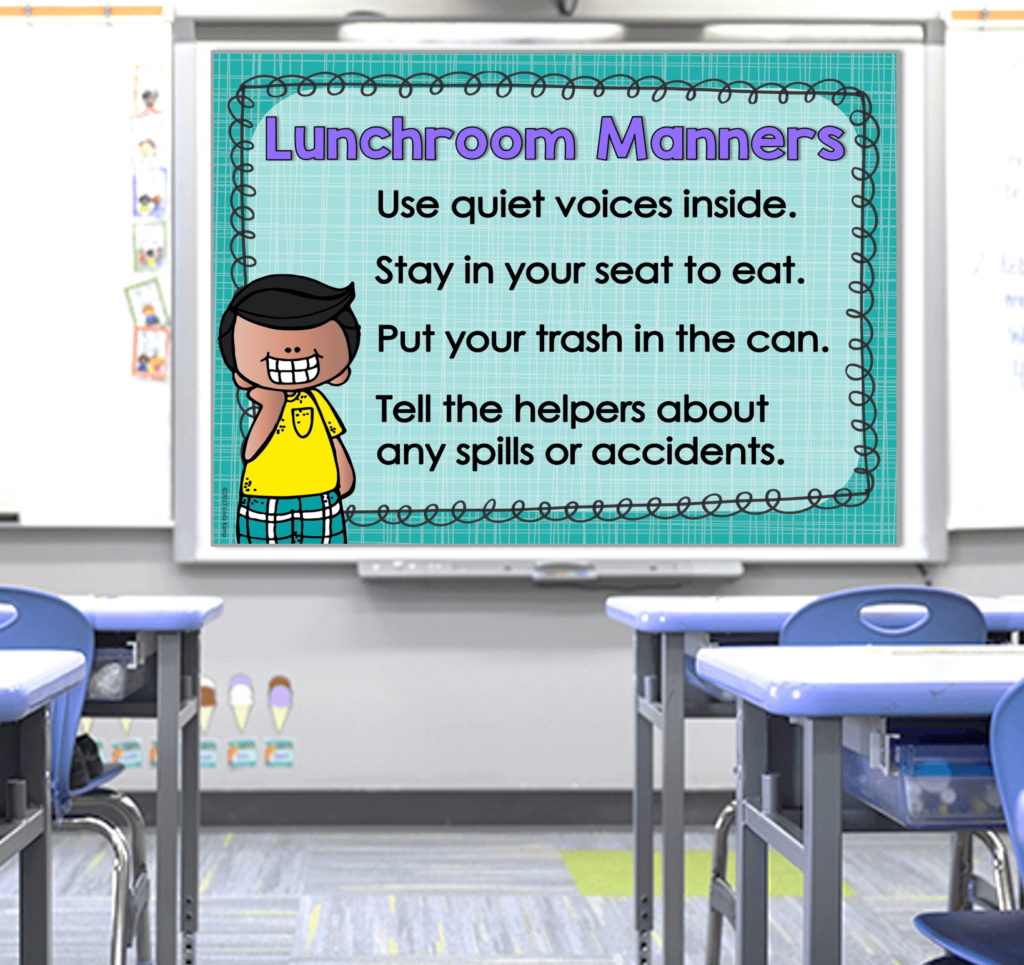
If students line up in a different spot for afternoon recess, be sure to show them where and explain that they will need to listen for a signal (bell, whistle, etc.) that recess is over and it is time to line up.
Be specific in your expectations for recess equipment. Once again, reinforce how you expect your class to stand in a line on the playground, as this will be another opportunity to practice.
Arriving/Departing Specials
This is another routine that will require you to familiarize yourself with you school’s protocols and more specifically each special teacher individually. Each special teacher will have a routine for how they expect students to enter and leave their classroom but more than likely it requires the basics of walking in a proper line- voices off, facing forward, hands at their sides, etc. Make sure you are helping your students to be successful in specials by assuring they know how to correctly enter and depart their special area classes.
Dismissal Routine
Your end of the day dismissal routine will help ensure that all students are closing out the day correctly. Create a “pack and stack” routine with things students should do before they are dismissed. I use a PowerPoint template the first two weeks of school and project the slide when it is time to clean up and get ready for dismissal. Going forward I hang an anchor chart so all I have to do is point to it and remind students to follow the procedure.

Allow plenty of time, especially the first days of school, and teach students how to fill out any behavior logs, check their folders/agendas, collect papers from their cubby, and where to put them in their daily take home folders.
Show students how they will put their belongings (lunch box, folder, water bottle) in their backpacks and show them exactly how and where to stack their chairs. Teach students the order you need them to line up to go home. For example, bus riders first. Establishing a solid dismissal routine requires some time and patience in the beginning, it will be far less chaotic and stressful once students are able to follow the routine.

Download a FREE Routines & Procedures Checklist to get started!
Establishing strong routines and procedures early is critical for classroom success. Investing the time to train your students at the beginning of the year will result in more learning time and a smoother running classroom.

Get more back to school help and free printable in these posts:
10 Tips for Managing Meet the Teacher
How to Plan the First Day of School

You’re Finally Here! First Week of School Activities

What to Teach in Science at the Beginning of the Year
Happy teaching!
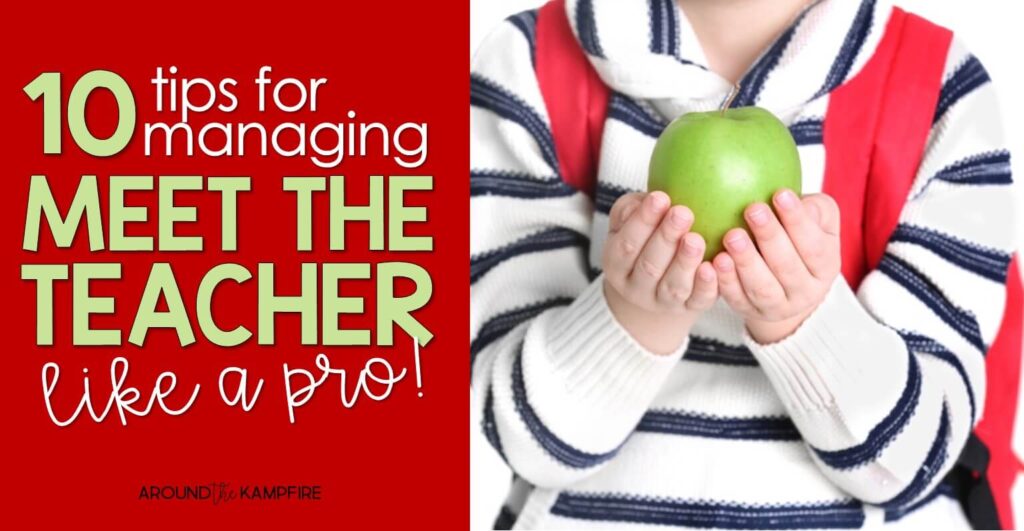


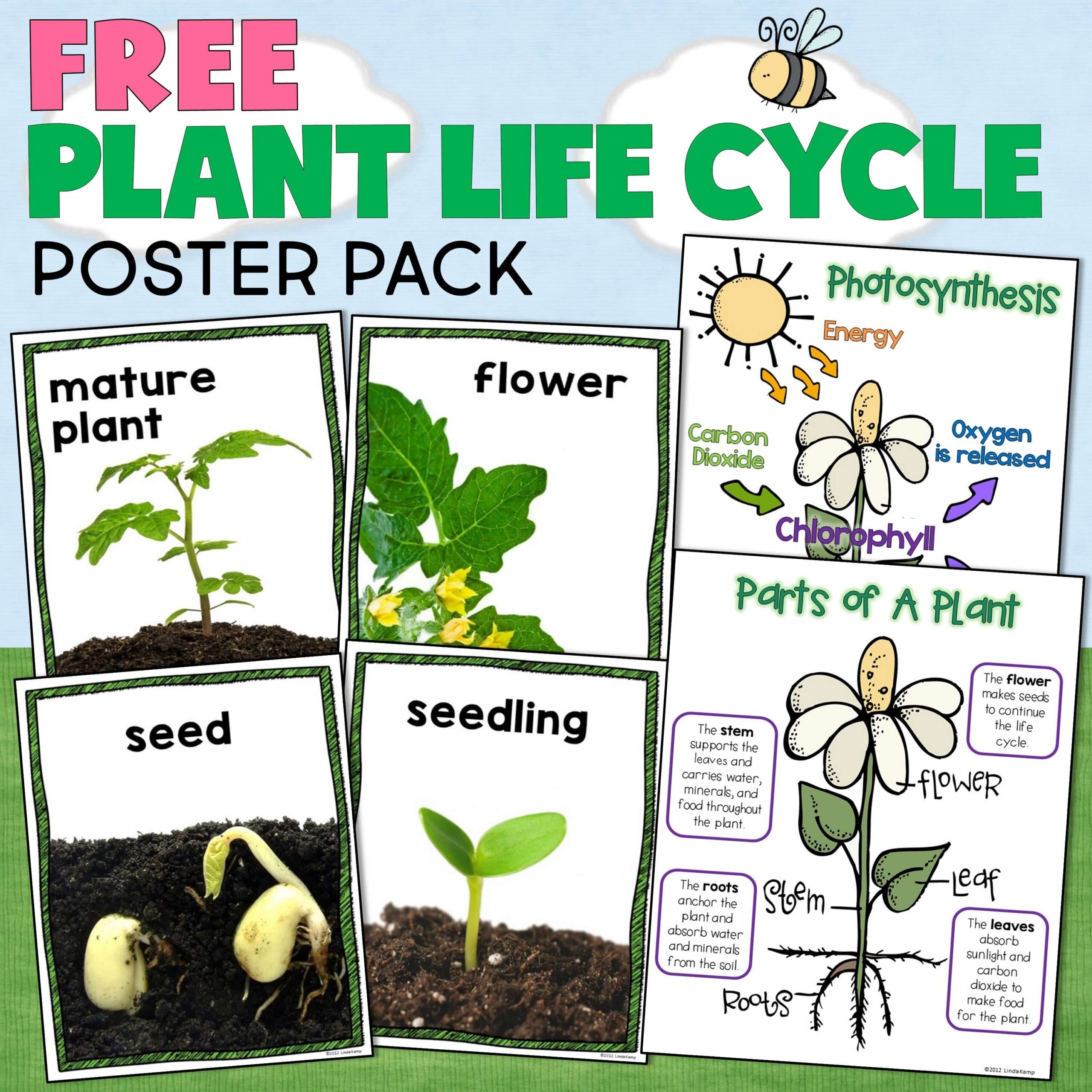
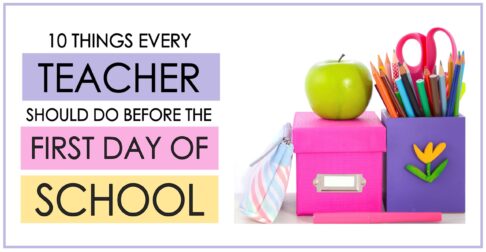
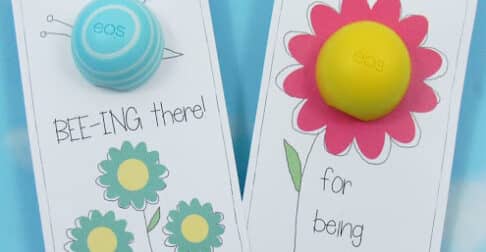
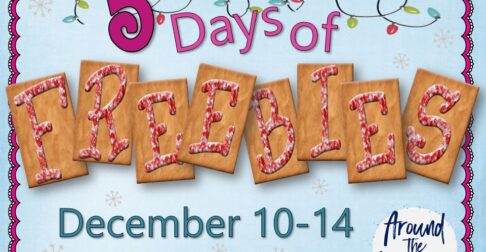

Hi LINDA,
YOU are my favorite TPT teacher! Your materials are stellar!!!!
Wondering if the posters with rules is a free download or a purchase. Can’t seem to find it.
Please advise….
Thanks so much!
Cheri
Hi Cheeri!
That is so nice of you and I’m so glad my resources are helful to you! The posters are a free download with a link to download them diretly below the photo.
Hi Cheri!
That is so kind of you, thank you! The posters are a free download. There is a link to click right below the picture.
I would love to join and get freebies.
Hi Brandy,
There is a link below the picture of the free checklist and once you click it will be automatically emailed to you. I hope this helps to clarify and you have a wonderful new school year! Linda